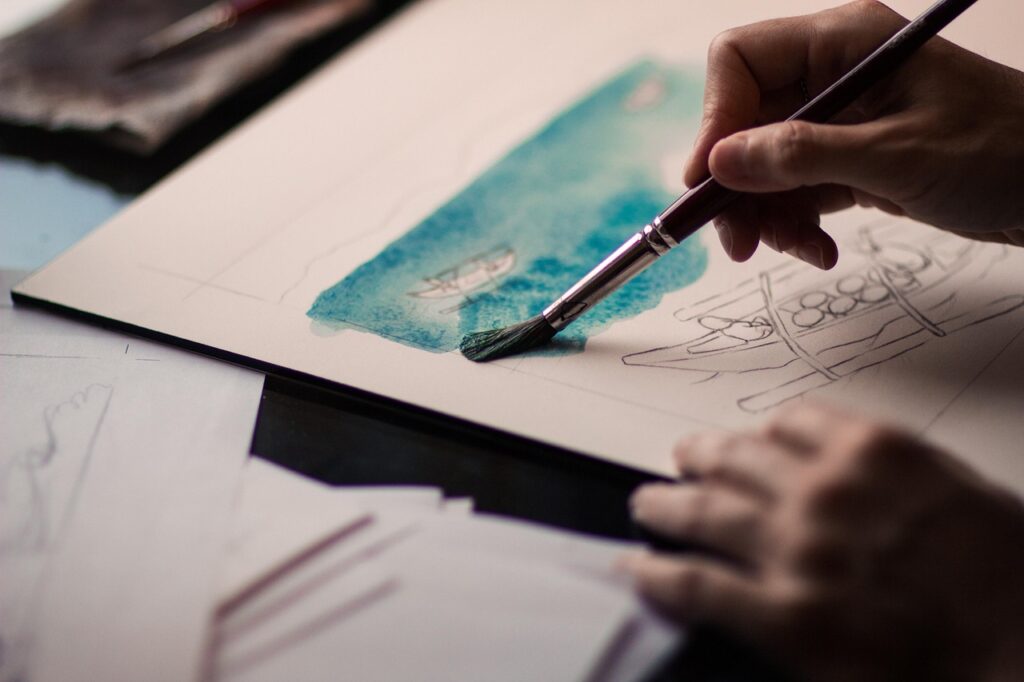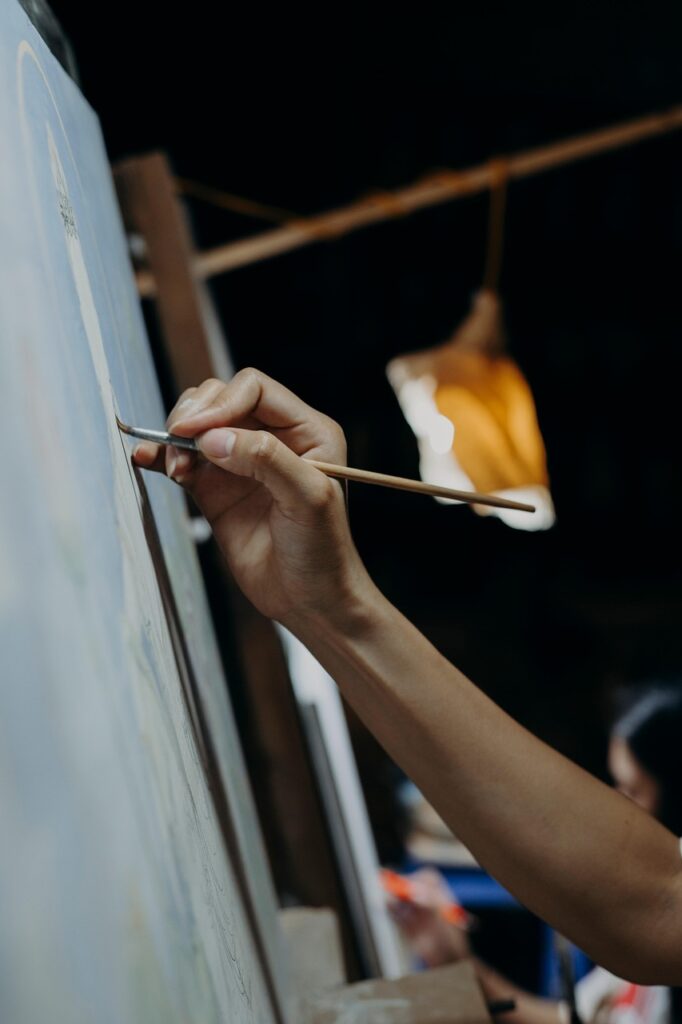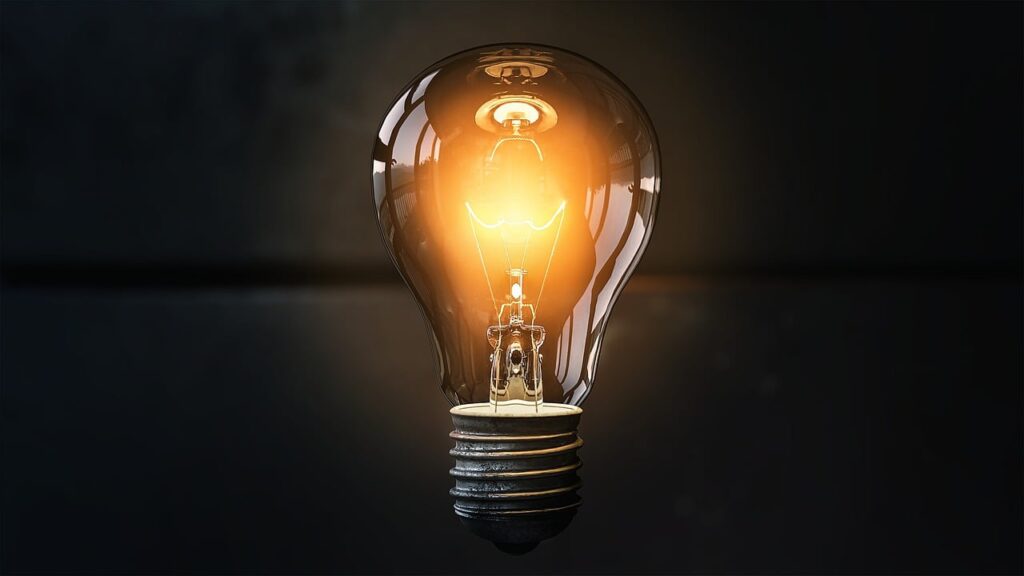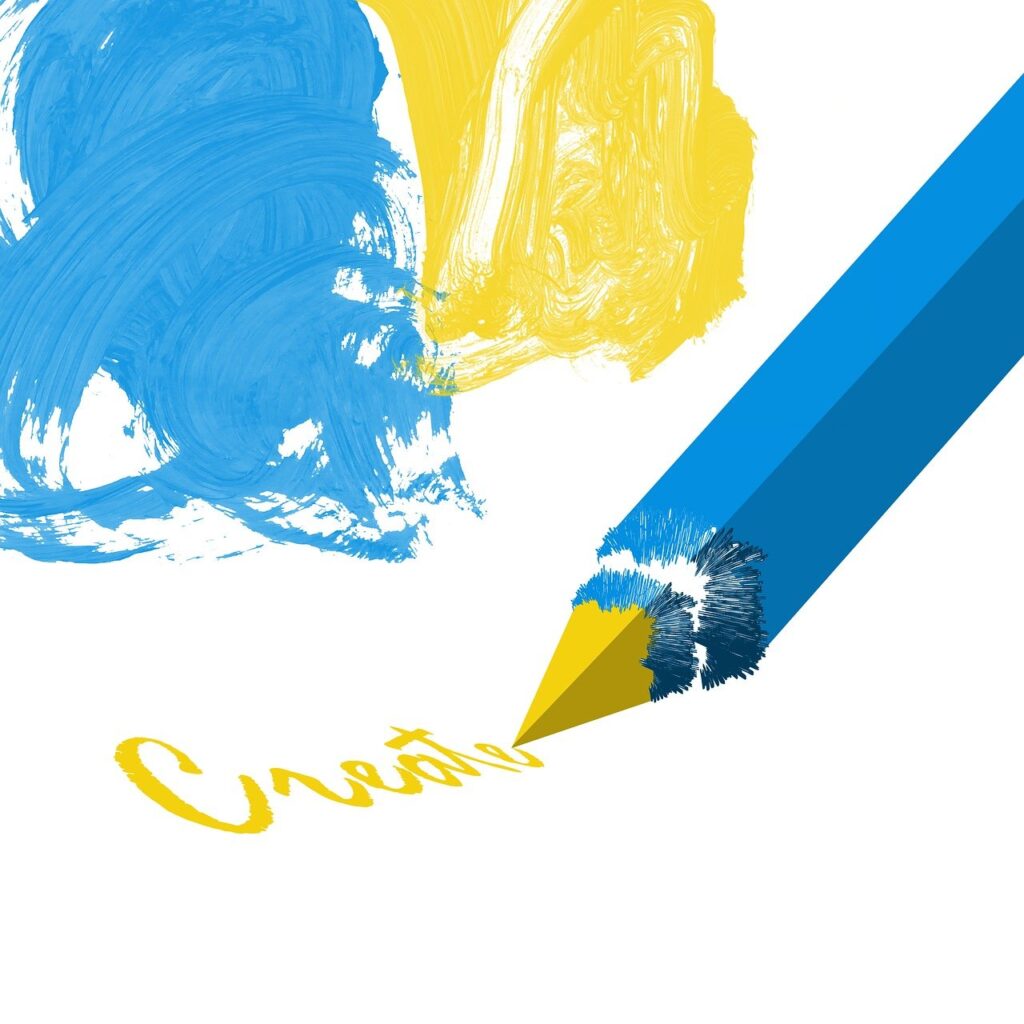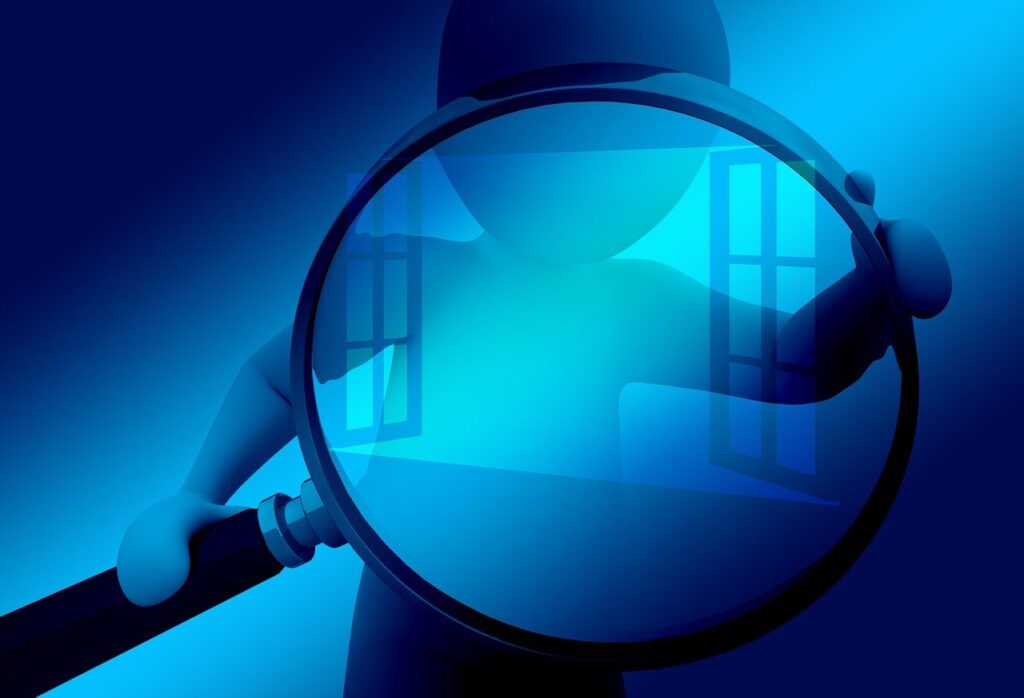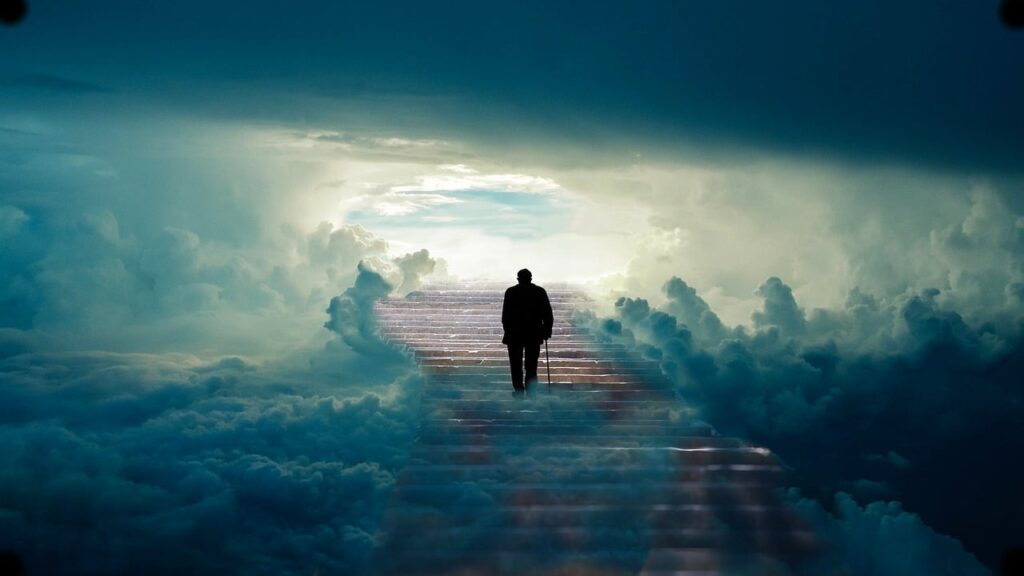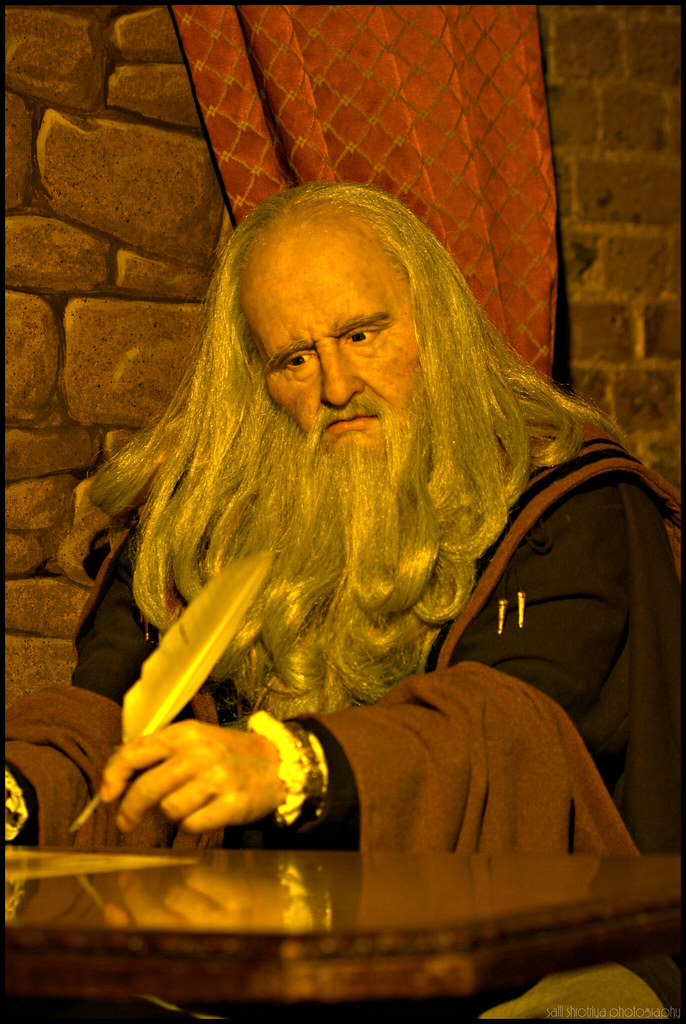
There are some names that echo through history, carrying with them an aura of mystique, unparalleled talent, and an insatiable curiosity about the world around us. Leonardo da Vinci is undoubtedly one of them, a name synonymous with genius itself. Centuries after his time, his impact on art, science, and human thought remains as vibrant and talked about as ever, pulling us into the orbit of a man who truly saw no limits to human potential. It’s safe to say, our fascination with Leonardo is far from over!
Forget everything you thought you knew about a typical artist or scientist; Leonardo was a breed apart, a true polymath of the High Renaissance who effortlessly blended the lines between disciplines. His life story isn’t just a chronology of dates and accomplishments; it’s a thrilling narrative of discovery, innovation, and an utterly unique mind. From his humble beginnings in a small Tuscan town to his influential years in the grand courts of Milan and Florence, every chapter of his journey reveals another layer of this extraordinary individual.
Join us as we embark on an exciting exploration into the early life and foundational years of Leonardo da Vinci. We’ll peel back the layers of legend and fact, uncovering the experiences that shaped his groundbreaking vision and setting the stage for the iconic works and ideas that would change the world forever. Get ready to be amazed by the sheer breadth of his talents and the enduring spirit of a man who truly was, and still is, ahead of his time.
1. **A Universal Genius: The Polymath’s Legacy**
When we talk about Leonardo da Vinci, we’re not just talking about a painter, though his artistic achievements alone would secure his place in history. We’re celebrating a true polymath of the High Renaissance, someone who was incredibly active as a painter, draughtsman, engineer, scientist, theorist, sculptor, and architect. It’s almost mind-boggling to consider how one individual could excel across such a diverse spectrum of fields, but Leonardo did it with an apparent ease that still baffles and inspires us today.
Initially, his fame certainly rested on his astonishing achievements as a painter, giving us some of the most influential works in the Western canon. But as we delve deeper into his legacy, it becomes clear that his genius extended far beyond the canvas. His comprehensive notebooks are a treasure trove, filled with intricate drawings and detailed notes on subjects ranging from anatomy and astronomy to botany, cartography, painting, and even palaeontology. They offer an unparalleled window into his relentless quest for knowledge and understanding.
Leonardo is widely regarded as a true genius, someone who absolutely epitomized the Renaissance humanist ideal. This wasn’t just about being good at a few things; it was about embodying a profound belief in the value and agency of human beings, and demonstrating an insatiable curiosity about the natural world. His collective works represent a contribution to later generations of artists matched only by his younger contemporary Michelangelo, illustrating the profound and lasting impact he had on the very course of human creativity and thought.
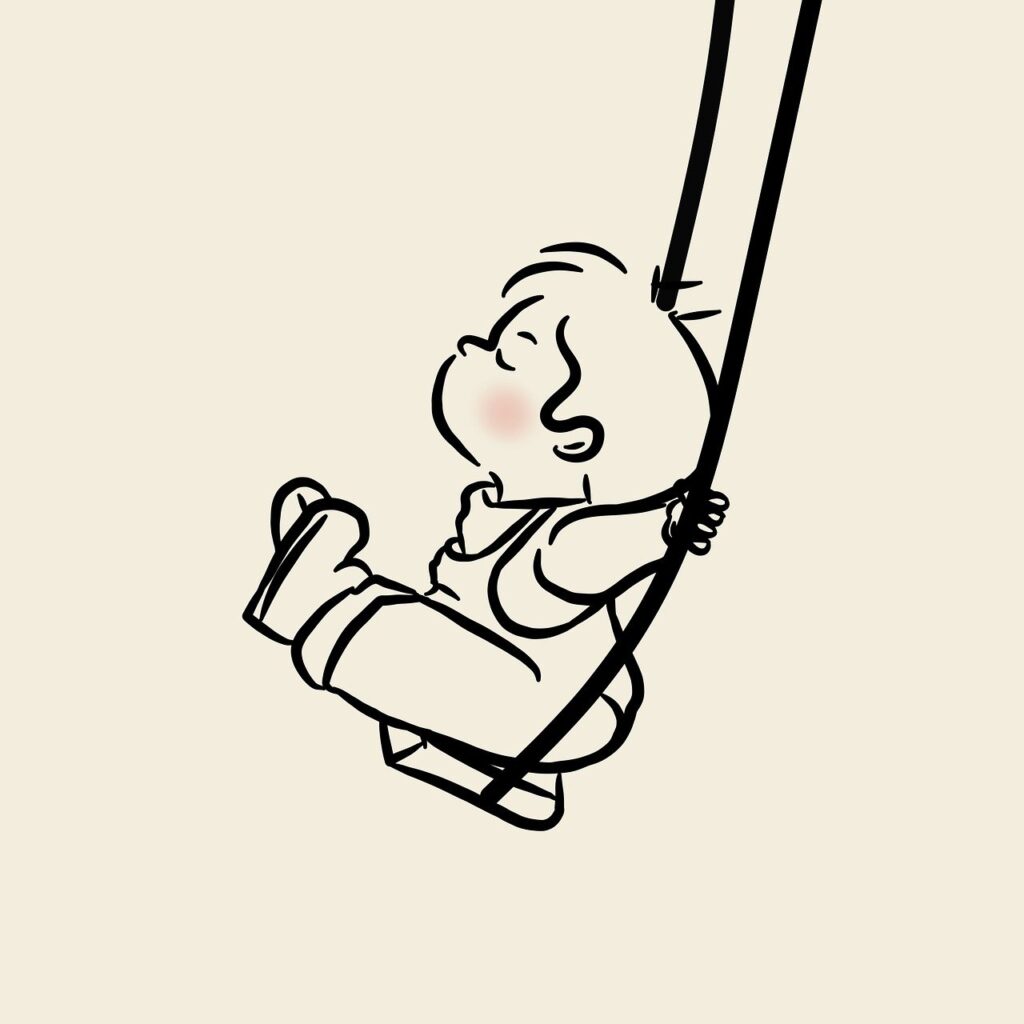
2. **Roots in Tuscany: Leonardo’s Early Life and Artistic Awakening**
Every legend has a beginning, and for Leonardo, it was the picturesque Tuscan hill town of Vinci, or close to it, on April 15, 1452. Born out of wedlock, his parents were Piero da Vinci, a successful Florentine legal notary, and Caterina di Meo Lippi, a woman from the lower class. While the exact location of his birth remains a topic of local oral tradition and historical debate—some say Anchiano, a country hamlet offering privacy for an illegitimate birth, others a house in Florence—what’s clear is that his early life was far from conventional.
His parents married separately the year after his birth, and young Leonardo eventually found himself living in his paternal grandfather, Antonio da Vinci’s, household by at least 1457. It’s thought he might have spent the years before that with his mother in Vinci, either Anchiano or Campo Zeppi. He was reportedly close to his uncle, Francesco da Vinci, while his father, Ser Piero, a descendant of a long line of notaries, was likely busy with his successful career in Florence.
Despite his family’s distinguished history, Leonardo received only a basic and informal education in writing, reading, and mathematics. This wasn’t a setback, but rather a redirection; his artistic talents were recognized incredibly early, leading his family to wisely focus their attention there. Later in life, he recorded a fascinating, almost mythical, earliest memory in the Codex Atlanticus: as an infant, a kite supposedly came to his cradle and opened his mouth with its tail. Whether a true memory or a whimsical fantasy, it certainly speaks to the unique mind at play.
3. **Florence’s Creative Crucible: First Steps as an Independent Master**
The mid-1460s saw a significant shift in Leonardo’s life as his family relocated to Florence, a city pulsating as the vibrant heart of Christian Humanist thought and culture. Around the tender age of 14, he began his journey into the art world as a “garzone,” or studio boy, in the renowned workshop of Andrea del Verrocchio. Verrocchio wasn’t just any artist; he was the leading Florentine painter and sculptor of his time, and his workshop was the ultimate training ground for aspiring talents.
By the age of 17, Leonardo officially became an apprentice, embarking on an intensive seven-year training period. Imagine the vibrant atmosphere in that workshop! He was a contemporary of future luminaries like Ghirlandaio, Perugino, and Botticelli, all of whom were slightly older and likely crossed paths with him there or at the Platonic Academy of the Medici. This period exposed him to an incredibly wide array of theoretical and technical skills, from drafting and chemistry to metallurgy, plaster casting, leather working, mechanics, and woodwork, alongside the core artistic skills of drawing, painting, sculpting, and modeling.
One of the most talked-about collaborations from this time was his work with Verrocchio on “The Baptism of Christ” (c. 1472–1475). Vasari, the 16th-century art historian, recounts that Leonardo painted the young angel holding Jesus’s robe with skill so far superior to his master’s that Verrocchio purportedly put down his brush and never painted again – a claim probably more legend than fact, but certainly highlighting Leonardo’s emerging brilliance! By 1472, at the age of 20, Leonardo had qualified as a master in the Guild of Saint Luke, an incredible achievement, yet his attachment to Verrocchio was such that he continued to collaborate and even live with him for a time, even after establishing his own workshop.
4. **Milanese Marvels: Under the Patronage of Ludovico Sforza**
A new chapter in Leonardo’s incredible journey unfolded around 1482 when he traveled to Milan, sent as an ambassador by Lorenzo de’ Medici to Ludovico il Moro. This move marked the beginning of his first significant Milanese period, where he would spend nearly two decades shaping the artistic and intellectual landscape of the city. He famously wrote a letter to Sforza, describing his diverse capabilities across engineering and weapon design, almost as an afterthought mentioning his painting skills! He even brought a silver string instrument, either a lute or lyre shaped like a horse’s head, to captivate the Duke.
Under Sforza’s patronage, Leonardo undertook some of his most ambitious projects. He was commissioned to paint “The Virgin of the Rocks” for the Confraternity of the Immaculate Conception and, perhaps most famously, “The Last Supper” for the refectory of the monastery of Santa Maria delle Grazie. While these painting commissions showcased his unmatched artistic prowess, Ludovico Sforza also saw the practical genius in Leonardo, employing him for a myriad of other endeavors that extended far beyond traditional art.
Among these grand projects was his work on the “Gran Cavallo,” a colossal equestrian monument to Ludovico’s predecessor, Francesco Sforza. This would have dwarfed the other large equestrian statues of the Renaissance, like Donatello’s Gattamelata. Leonardo completed a massive model for the horse and meticulously planned its casting, but fate intervened in November 1494 when the metal earmarked for the statue was tragically redirected to be used for cannons to defend Milan from Charles VIII of France. Nevertheless, his time in Milan also saw him consulted for the building site of the cathedral of Pavia and commissioned to create a stunning trompe-l’œil decoration for the Sala delle Asse in the Sforza Castle, transforming it into an intricate pergola created by the interwoven limbs of sixteen mulberry trees.
5. **Architect, Engineer, Scientist: The Unseen Innovations of a Brilliant Mind**
While the world often celebrates Leonardo da Vinci the painter, his reputation as a technological marvel and groundbreaking scientist is equally, if not more, astounding. He wasn’t just sketching fanciful ideas; he was conceptualizing machines and principles centuries ahead of his time. Imagine flying machines, a type of armored fighting vehicle, concentrated solar power, a ratio machine that could be used in an adding machine, and even the double hull – all from the mind of a man living in the Renaissance!
It’s true that relatively few of his designs were actually constructed or even truly feasible during his lifetime. The sophisticated scientific approaches to metallurgy and engineering that we take for granted today were only in their infancy during the Renaissance. Yet, his detailed drawings and notes reveal a mind constantly pushing the boundaries of what was possible, meticulously dissecting problems and proposing solutions with breathtaking foresight. His notebooks are filled with these incredible inventions, offering a glimpse into a world that would only come to fruition much later.
Beyond the grand, unbuilt machines, some of his smaller inventions quietly entered the world of manufacturing without much fanfare. For example, he designed an automated bobbin winder and a machine specifically for testing the tensile strength of wire, demonstrating his practical ingenuity. Furthermore, he made substantial, though largely unpublished, discoveries in fields like anatomy, civil engineering, hydrodynamics, geology, optics, and tribology. Because he didn’t publish his findings, they had little direct influence on subsequent science, but they stand as a powerful testament to his profound scientific curiosity and methodical empirical thinking.
6. **Artistic Alchemy: Leonardo’s Revolutionary Painting Techniques**
Despite the recent widespread awareness and admiration of Leonardo as a scientist and inventor, for the better part of four hundred years, his fame rested almost exclusively on his achievements as a painter. And what achievements they were! A handful of his authenticated or attributed works are universally regarded as among the greatest masterpieces in art history. These paintings are not just beautiful; they are legendary for a variety of unique qualities that captivated his contemporaries and have been endlessly studied, imitated, and discussed by connoisseurs and critics ever since. By the 1490s, he was already being heralded as a “Divine” painter, a testament to his immediate and profound impact.
What truly made Leonardo’s work unique was his innovative approach to applying paint, a technique that transcended the methods of his peers. This wasn’t just about technical skill; it was underpinned by his detailed, almost scientific, knowledge of anatomy, how light behaves, the intricacies of botany, and the grand structures of geology. These weren’t separate interests but integrated elements that informed and enriched his artistic vision, allowing him to render the world with an unparalleled sense of realism and depth.
He had a deep interest in physiognomy and a keen eye for how humans register emotion in their expressions and gestures, bringing an extraordinary psychological dimension to his portraits and narrative scenes. His innovative use of the human form in figurative composition created dynamic and emotionally resonant groupings. But perhaps one of his most distinctive contributions was his mastery of subtle gradation of tone, the shadowy quality known as “sfumato.” This technique, where colors and tones subtly blend into one another without perceptible transitions, created an ethereal, soft, and lifelike quality that was truly revolutionary, and it would define some of his most iconic later works. Early pieces like the large “Annunciation,” now generally attributed to him, already show his developing prowess in formal composition and presenting the humanist face of the Virgin Mary, hinting at the depths he would later explore.
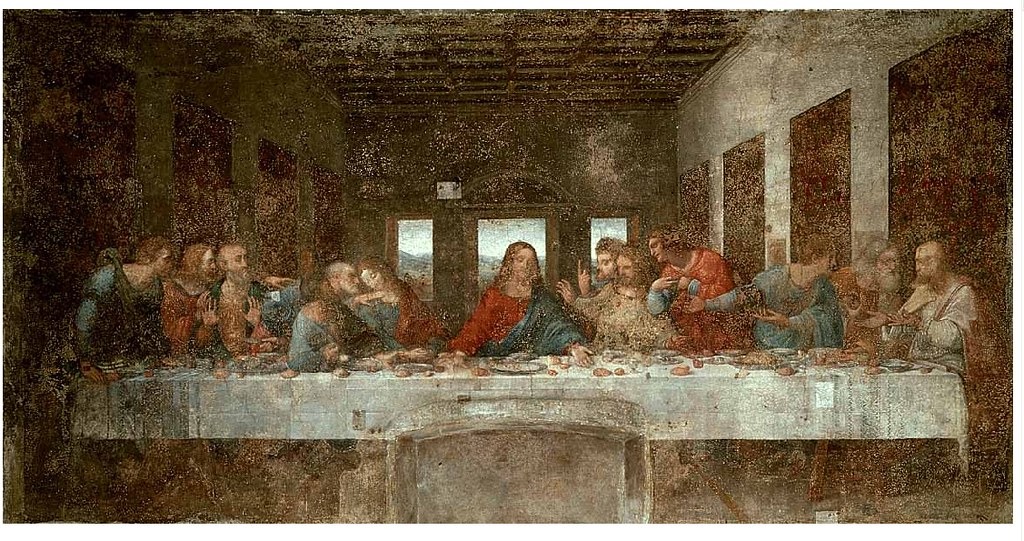
7. **The Last Supper: A Masterpiece of Drama and Devotion**
In the 1490s, Leonardo blessed the refectory of Santa Maria delle Grazie in Milan with *The Last Supper*, an iconic religious painting. This isn’t just a scene; it’s a dramatic snapshot capturing Jesus’s revelation, “one of you will betray me,” and the immediate, varied consternation among his disciples. Leonardo’s profound understanding of human emotion shines through, creating an almost palpable sense of shock and turmoil across the table.
The creation was a fascinating journey. Observer Matteo Bandello noted Leonardo’s intense, if erratic, dedication, sometimes painting from dawn till dusk, then not touching his brush for days. He meticulously contemplated the scene’s complex psychology. The convent’s prior, frustrated by these pauses, pressed him constantly, leading Leonardo to famously quip to Duke Sforza that the prior himself might serve as inspiration for Judas if models proved elusive!
Despite instant acclaim for its design and characterization, *The Last Supper* suffered an unfortunate fate. Leonardo’s experimental use of tempera over gesso, instead of durable fresco, made the surface vulnerable. Within a century, it was “completely ruined” by mold and flaking. Yet, its powerful narrative and groundbreaking composition have cemented its place as one of the most reproduced works of art, an enduring legacy despite its physical fragility.
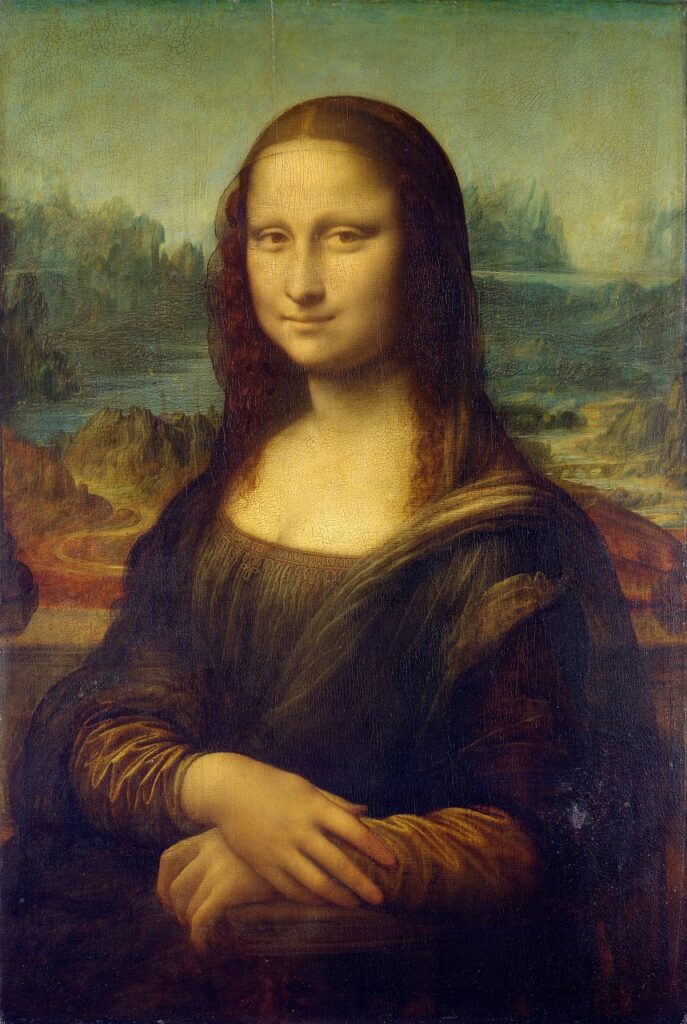
8. **The Enigmatic Mona Lisa: Her Smile, Our Everlasting Fascination*
In the 16th century, Leonardo began a small portrait destined to become the world’s most famous painting: the *Mona Lisa*, or *La Gioconda*. Her elusive, mysterious smile is legendary, its enigmatic quality stemming from the subtly shadowed corners of her mouth and eyes. This shadowy artistry, known as *sfumato*—”Leonardo’s smoke”—makes it impossible to fully grasp her expression, drawing viewers into eternal contemplation.
Vasari himself was captivated, describing her smile as “so pleasing that it seems more divine than human.” Beyond this, the painting showcases subtle brilliance. Her unadorned dress directs attention solely to her face and hands. A dramatic, almost ethereal landscape stretches behind her, rendered with subdued coloring and an incredibly smooth technique, making brushstrokes indistinguishable.
This masterpiece began around 1503, with Leonardo reportedly working on it until his final years. Its remarkable preservation and lack of visible repair are rare for a panel painting of its age. The *Mona Lisa* isn’t merely a portrait; it’s a timeless enigma, a perpetual conversation starter, and a profound testament to Leonardo’s ability to imbue canvas with an enduring, magnetic soul.
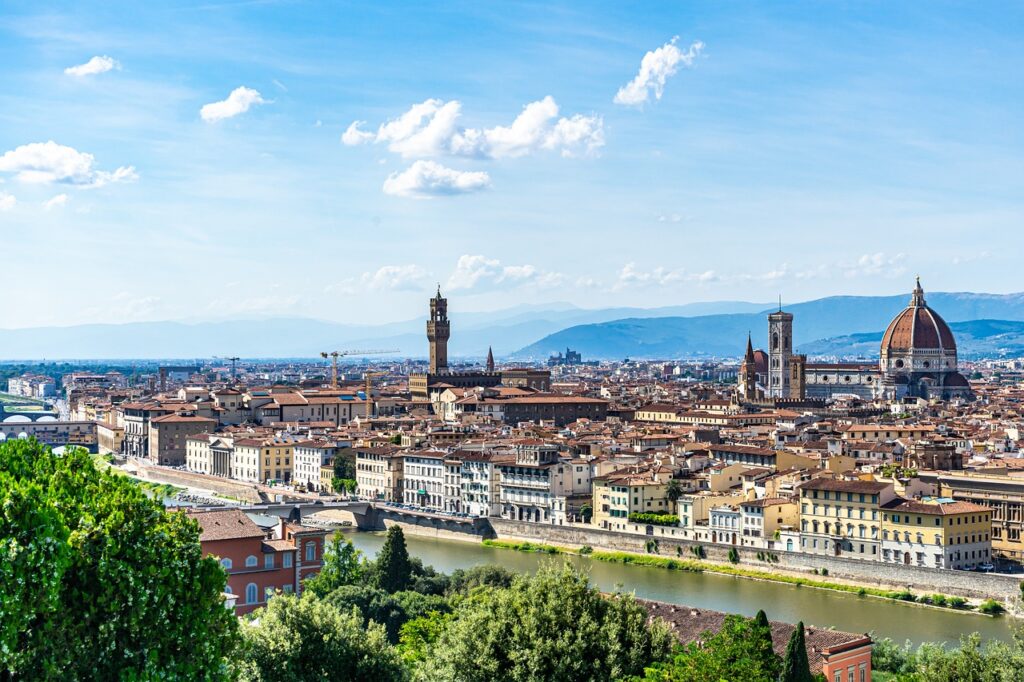
9. **Florence Revisited: From Commissions to Urban Planning**
The early 1500s brought Leonardo back to Florence, following a brief but impactful period in Venice as a military engineer. Hosted by Servite monks, he created the cartoon for *The Virgin and Child with Saint Anne and Saint John the Baptist*. This work drew such immense admiration that, as Vasari recounted, “men [and] women, young and old” flocked to see it “as if they were going to a solemn festival.”
Leonardo’s genius wasn’t limited to art. In 1502, he joined Cesare Borgia, Pope Alexander VI’s son, as a military architect and engineer. His strategic mind excelled: he meticulously mapped Borgia’s stronghold and created a detailed town plan of Imola, earning him the prestigious role of chief military engineer. He further produced maps of the Chiana Valley for strategic overview, demonstrating his pioneering geospatial intelligence skills.
Returning to Florence by early 1503, Leonardo rejoined the Guild of Saint Luke and continued the *Mona Lisa*. He contributed to civic matters, serving on a 1504 committee regarding Michelangelo’s *David*. For two years, he tackled *The Battle of Anghiari* mural for the Signoria. Though his mural deteriorated quickly and is now lost, this period underscored his continued, multifaceted engagement with both grand art and practical innovation.
10. **The Man Behind the Masterpieces: Unpacking Leonardo’s Personal Life**
Despite thousands of notebook pages, Leonardo da Vinci revealed little of his personal life, leaving much to historical interpretation. Contemporaries like Vasari noted his “great physical beauty” and “infinite grace,” adding to his mystique. His compassion extended to animals; he was likely vegetarian and famously bought caged birds just to release them, a tender insight into his nature.
Leonardo cultivated significant friendships, notably with mathematician Luca Pacioli, co-author of *Divina proportione*. His close relationships with women were primarily platonic, including Cecilia Gallerani and the Este sisters. He even drew Isabella’s portrait, though it is now lost. These connections highlight his ability to form meaningful bonds beyond romance, valuing intellectual and companionate relationships.
However, his relationships with pupils Salaì and Francesco Melzi have sparked lasting debate. Melzi described Leonardo’s feelings for his pupils as “both loving and passionate.” Claims of ual or erotic intimacy have persisted since the 16th century, re-examined by figures like Sigmund Freud. Court records from 1476 even show Leonardo and three others faced sodomy charges, later dismissed, possibly due to Medici influence. His presumed homosexuality and its subtle imprint on art like *Saint John the Baptist* continue to intrigue scholars.
11. **Rome, France, and a Farewell: The Master’s Final Chapters**
Leonardo’s journey continued to Rome in September 1513, invited by Giuliano, Pope Leo X’s brother. For three years, he resided in the Belvedere Courtyard amidst artistic giants like Michelangelo and Raphael. While given an allowance and a papal painting commission (later cancelled), this period marked his first serious illness, possibly a stroke. Ever the scientist, he pursued botany in the Vatican Gardens and dissected cadavers, documenting vocal cords.
The final act unfolded in France. In 1516, King Francis I invited Leonardo to Clos Lucé. Francis, who had recaptured Milan, became a devoted friend, frequently visiting. The King commissioned vast castle town plans and delighted in a mechanical lion Leonardo built, which walked toward the King and revealed lilies when tapped—a grand, magical gesture from the master.
Accompanied by his loyal pupil, Francesco Melzi, Leonardo spent his last years in comfort. Yet, his health declined; portraits confirm his right arm was paralyzed at 65, possibly explaining why *Mona Lisa* remained unfinished. On May 2, 1519, aged 67, Leonardo died at Clos Lucé, likely from a stroke. Vasari’s touching, though possibly legendary, account describes King Francis I holding Leonardo’s head at his passing, symbolizing the profound bond between monarch and genius.

12. **An Eternal Echo: Leonardo’s Enduring Influence on Humanity**
Centuries after his death, Leonardo da Vinci’s legacy—his achievements, diverse interests, personal life, and empirical thinking—continues to captivate. His name resonates through culture, inspiring countless subjects. He is undeniably one of Western art’s greatest painters, often credited as a High Renaissance founder. Despite lost or unfinished works, iconic pieces like the *Mona Lisa* (world’s most famous painting) and *The Last Supper* (most reproduced religious painting) stand as pillars of the Western canon.
Beyond art, his technological ingenuity was revolutionary. He conceptualized flying machines, armored vehicles, concentrated solar power, and the double hull—centuries ahead. While many grand designs weren’t feasible during his lifetime, his detailed drawings reveal a mind constantly pushing boundaries. Some smaller, practical inventions, like an automated bobbin winder, quietly influenced manufacturing, showcasing his pragmatic genius.
Though his scientific findings went largely unpublished, limiting direct contemporary influence, his substantial discoveries in anatomy, civil engineering, hydrodynamics, geology, optics, and tribology powerfully attest to his profound curiosity and rigorous empirical thought. Twenty years after his passing, King Francis I perfectly summarized his unparalleled impact: “There had never been another man born in the world who knew as much as Leonardo… as that he was a very great philosopher.” Leonardo wasn’t merely a man of his time; he was an eternal beacon, forever inspiring boundless wonder and an unquenchable thirst for knowledge.
As we close the book on Leonardo da Vinci’s remarkable life, we’re left not just with masterpieces or revolutionary inventions, but with the profound legacy of a man who dared to dream, question, and create on an unparalleled scale. His story isn’t just history; it’s a vibrant, ongoing conversation about human potential, proving that true genius knows no bounds, no single discipline, and certainly no end to its inspiration. He truly was, and remains, a universal marvel whose echo resonates through every facet of our modern world.


